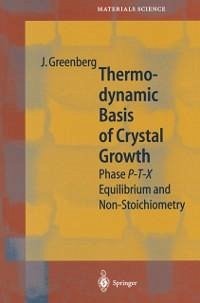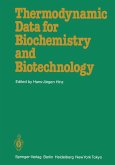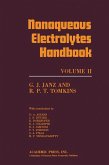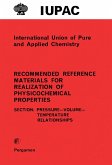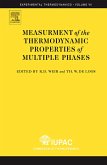The properties of some inorganic materials (semiconductors, and high-Tc superconductors, in particular) are strongly dependent on the composition of the crystal, whereas the homogeneity range, or the maximum non-stoichiometry of the solid, is very often less than the precision of the conventional analytical methods (roughly 0.1 at.%). Consequently, new and more sensitive methods must be developed to probe the non-stoichiometry. For many types of materials vapor pressure scanning can be such a technique. This method was developed by the author, and it is a way of determining the composition of the solid, X, at the measured temperature, T, and pressure, P, with an unparalleled accuracy of up to 10-4 at.% at high temperatures (up to 1200° C). Along with the results obtained by the author and his colleagues, P-T-X diagrams of other important materials (e.g. III-V, IV-VI semiconductors) are also discussed. The exposition is in two parts. In the first one a geometrical thermodynamic approach is used for a step-by-step presentation of P-T-X diagrams of binary systems. The types of diagrams most frequently encountered in materials science are discussed. The composition of crystals grown from various matrices is presented in conjunction with the P-T-X diagrams. In the second part examples of systems which have been recently experimentally studied are given. Throughout the book emphasis is placed on the Phase Rule argument of universal solubility. This is where this book differs from the other (quite scarce) texts on P-T-X phase diagrams. This book will be of interest to the wide community of materials scientists, and to university lecturers and their students.
Dieser Download kann aus rechtlichen Gründen nur mit Rechnungsadresse in A, B, BG, CY, CZ, D, DK, EW, E, FIN, F, GR, HR, H, IRL, I, LT, L, LR, M, NL, PL, P, R, S, SLO, SK ausgeliefert werden.

